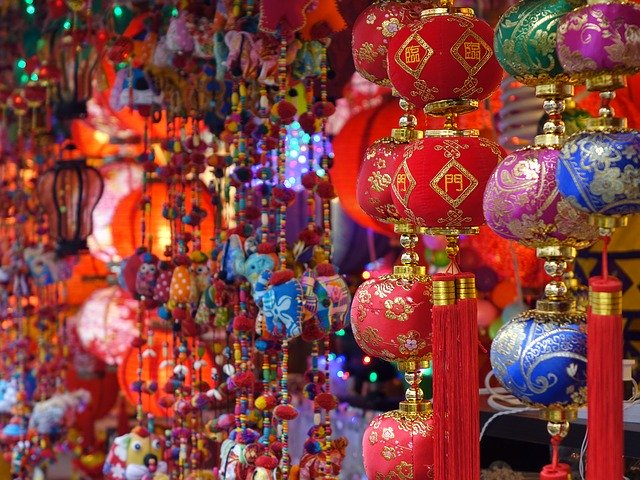
China has a rich and diverse calendar of holidays, both legal and traditional, reflecting the country’s long history and cultural heritage. Here’s a detailed look at some of the key holidays celebrated in China.
Legal Holidays in China:
New Year’s Day (Jan 1):
The entire nation enjoys a one-day break to celebrate the start of the calendar year.
Spring Festival (Lunar New Year):
This is the most significant holiday in China, with a three-day public holiday. The celebration can last over two weeks, starting from the Kitchen God worship on the 23rd day of the 12th lunar month and culminating in the Lantern Festival.
Tomb Sweeping Day (April 5):
This holiday, also known as Qingming, is a time to honor ancestors by cleaning gravesites and making offerings. It is also seen as a sign of the start of spring.
International Labor Day (May 1):
A one-day holiday dedicated to celebrating workers and their contributions.
Dragon Boat Festival (5th day of the 5th lunar month):
Celebrated with traditional customs such as dragon boat racing and eating zongzi (sticky rice dumplings).
Mid-autumn Festival (15th day of the 8th lunar month):
A festival that celebrates the harvest and reunion of families, with mooncakes and moon-viewing as central traditions.
National Day (Oct 1):
Marking the founding of the People’s Republic of China, this holiday is celebrated with three days off, including parades, fireworks, and patriotic activities.
Key Traditional Festivals in China:
Beyond the legal holidays, China is known for its traditional festivals, many of which have been celebrated for centuries.
- Spring Festival (Chinese New Year):
The Spring Festival, also known as the Lunar New Year, is the most celebrated traditional holiday in China. It marks the beginning of the new lunar year and involves a wide array of customs, including family reunions, feasts, firecrackers, and the giving of red envelopes for good luck. Celebrations peak on New Year’s Eve and the first day of the lunar year. - Tomb-sweeping Day (Qingming):
Qingming, or Tomb-sweeping Day, holds great cultural significance as it’s a time to honor ancestors by cleaning their graves, making offerings, and paying respects. This day also marks the start of spring, a time for renewal and outdoor activities. - Dragon Boat Festival:
With over 2,000 years of history, the Dragon Boat Festival is celebrated to honor Qu Yuan, a revered poet and statesman. Customs include racing dragon boats, hanging wormwood, and eating zongzi. This festival has also been dubbed the “Poet Festival” due to its connection to Qu Yuan’s legacy. - Mid-autumn Festival:
Celebrated during the harvest season, the Mid-autumn Festival is a time for family reunions. Chinese families come together to enjoy mooncakes and appreciate the full moon, symbolizing unity and harmony. It is also known as the “Reunion Festival” for this reason.
These festivals and holidays are a reflection of the deep cultural heritage of China, offering a glimpse into the values of family, tradition, and community that are central to Chinese society.
By understanding these important events, international visitors and students can better appreciate the rich cultural traditions that define life in China.
